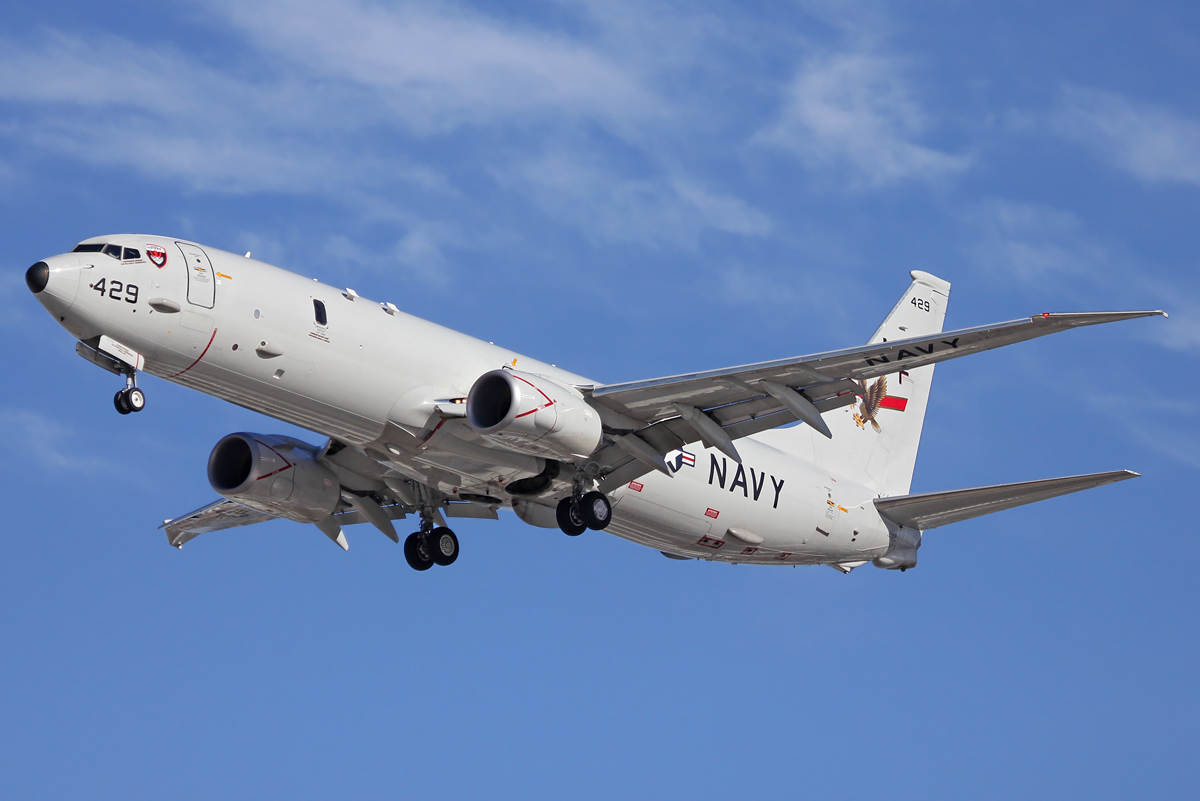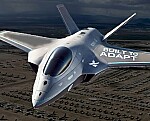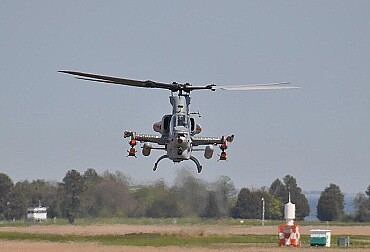Poseidon gets the LRASM, challenges remain
According to the latest information, the P-8 Poseidon will be equipped with Long Range Anti-Ship Missile (LRASM). This step further increases the number of platforms that could carry and launch those anti-ship missiles much needed for potential war with China. However, there are also headwinds to which the LRASM is facing.

A Boeing official announced that the effort aimed at integrating LRASM into Poseidon aircraft is expected to successfully conclude later this summer. After the completion of all tests, the Poseidon aircraft could carry up to four LRASMs. Earlier this year, the US Navy announced that it conducted a test fire of four LRASMs at once from the US Navy F-18 fighter jet. This, according to the US Navy, marks a milestone in the development of LRASM capabilities. In the hypothetical scenario of simultaneous deployment of both US Navy F-18 and Poseidon aircraft, they could launch volleys of LRASM at the Chinese fleet, which could cause significant damage and may hamper Chinese war efforts against the island of Taiwan.
The P-8 Poseidon aircraft is a militarized version of the Boeing 737 plane by the US Navy that is intended as a replacement for the P-3C Orion aircraft. Poseidon aircrafts are equipped with a broad spectrum of sensors including sonars and synthetic aperture radar. The primary mission of the Poseidon is anti-submarine and anti-surface warfare. In its internal five-station weapons bay, four wings pylons, and two centerline pylons, Poseidon can carry mines, torpedoes, and missiles such as Harpoon anti-ship missile or aforementioned LRASMs. Poseidon is after the B-1 Lancer bomber, F-18 Super Hornet and F-35 Lightning II fighter jets the fourth aircraft capable of carrying and launching LRASM. In the hypothetical scenario of war with China, Poseidon will be one of the crucial assets that could help US Navy.
The primary manufacturer of the LRASM is boosting production, which could reach up to 1,000 LRASM and JASSM (air-to-ground variant) annually. However, both the US Air Force and the US Navy buy only dozens of LRASM throughout the fiscal year 2024. On the other hand, the US Air Force plans to sign a multiyear agreement that could result in the procurement of hundreds of LRASMs each year. The most important advantage of LRASM is the fact that it shares many components with JASSM. The manufacturer also now explores the possibility of mounting LRASM on HIMARS launchers, which could also play a critical role in a potential war in the Western Pacific in the framework of the Agile Combat Employment concept which utilizes assets such as the aforementioned HIMARS and C-130 aircraft to deploy long-range fires far from its own forces on damaged airfields.
According to Rebuilding the Arsenal of Democracy: The U.S. and Chinese Defense Industrial Bases in an Era of Great Power Competition - Report published by CSIS research organization, in recent war games, US forces spent 450 LRASMs over the course of the first three weeks of the conflict. However, this does not imply that 450 LRASMs will be enough to destroy the Chinese fleet. It is very likely that not all LRASMs could make it through extensive Chinese air defenses.
On the other hand, there are headwinds and challenges that US forces must face. The most important is related to supply chains of missiles, which are important to the western Pacific war. According to the report last year by Govini's company focused on the US defense industry and its preparedness to deter China, there are more than 5,000 semiconductors in US Navy F-18 fighter jets and 5,000 to 7,000 semiconductors in Nimitz-class and Ford-class aircraft carriers, respectively. There are also dozens of Chinese suppliers of parts not only for the LRASMs, but also for the JDAMs, JASSMs, and Tomahawk missiles. Dependence on Chinese suppliers of parts not only for US Navy fighter jets and the aircraft carriers that host those jets, but dozens of suppliers for critical ammunition is a significant threat that could effectively hamper US efforts to deter or, in worse case, defeat Chinese aggression without deploying massive force.
Moreover, there are also challenges that could affect Europe. With Poseidon aircraft being capable of launching LRASMs (and possibly JASSMs as they are similar) and in the context of current and future annual production, Europe could face a major shortage of advanced air-launched missiles that could be useful in both European and Pacific theaters. For Europe, the message is clear, no matter who is going to make it to the Oval office, be ready to stand alone, because the US prioritizes China and hypothetical war in the western Pacific.










